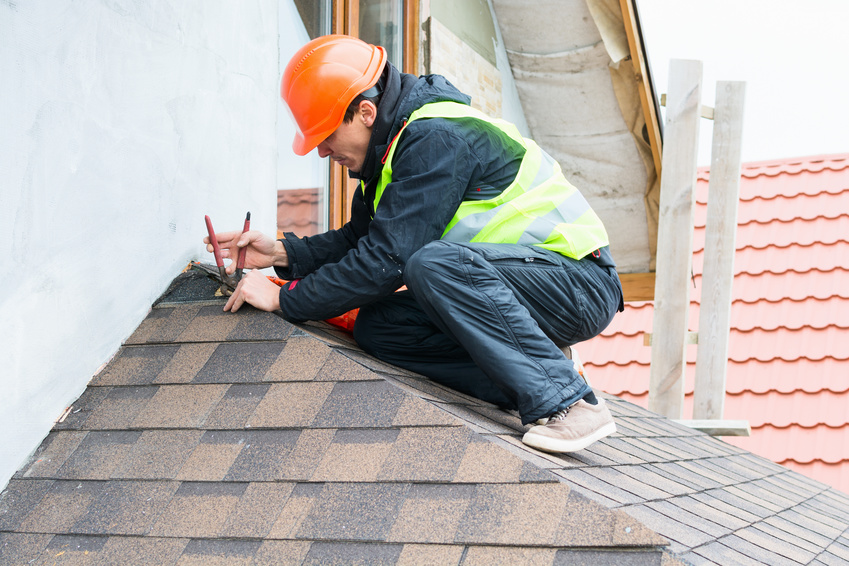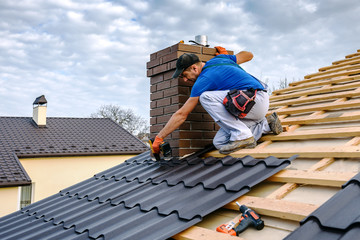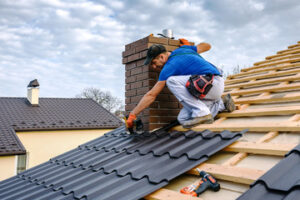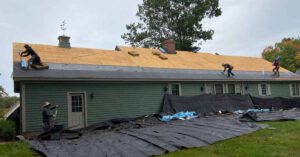A roof is a very important part of your home. It is a covering that serves to protect your home and the people inside it from weather elements like rain, snow, wind, and the sun.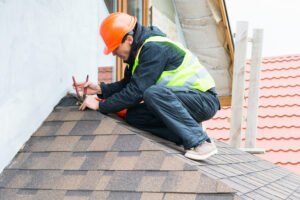
When it comes to replacing or installing a roof, you need the help of an expert. That is why it is important to hire a roofing contractor.
A well-maintained roof can add years to your home’s life. A residential roofing company can inspect and repair your roof to prevent costly repairs down the road. A good contractor can also advise you on the best material for your particular needs.
A residential roof is a huge part of your home, and it plays an important role in protecting your family and belongings from the elements. It’s a big investment that you should protect and maintain at all costs. Keeping your home’s roof in top condition will help increase its lifespan and reduce its energy bills.
The best residential roofs are those made from quality materials that will not rot or leak. The most popular materials used in residential roofing are shingles and tiles, but metal roofs can be another option.
Choosing the right roofing material can make all the difference in how long your roof will last. A roofing company can assist you in selecting the right materials for your property based on factors like weather, age, and location.
It’s also important to choose a contractor that offers additional services, such as gutter cleaning and siding installation. These services can all add to the value of your property and help improve its overall appeal.
The best residential roofing services will also provide you with the highest level of customer service. This includes a professional consultation, an estimate, and a warranty that is guaranteed for the life of your roof.
A roofing company’s most important job is to keep your roof in tip-top shape. Regular inspections can uncover a wide range of problems before they get out of hand, and they’ll be able to identify the most cost-effective solutions for your home.
Some of the most common residential roof problems include leaks, missing shingles, and mold. Luckily, these problems are usually easy to fix with the right equipment and supplies.
The most important thing to remember when considering residential roofing is that you should only hire a roofing company that is licensed and reputable in your area. This will ensure that you are getting quality work done at a fair price.
The roofing industry can be lucrative. It’s recession-resistant, it has a steady clientele, and it provides a service that most people need, which is why it’s often an appealing investment. Whether you’re considering purchasing a commercial roofer’s business or starting your own, you should understand the industry as much as possible before making a decision.
One major difference between residential and commercial roofs is that commercial roofs are generally larger. They can also be more expensive. That’s why it’s important to choose a roofing company that can handle all of your commercial needs.
It’s a good idea to ask property managers or owners for their recommendations. They’ll likely have a list of local commercial roofing companies they trust and use regularly. They’ll also be able to provide you with a list of customers who’ve used your services before and who have had positive experiences.
If you’re new to the industry, it’s a good idea to go on some training courses. There are many resources available online and in person to help you learn about the roofing industry.
Taking a training course can be a great way to get more familiar with the commercial roofing industry and how it operates. It can also help you decide if this is the right career for you.
The commercial roofing industry is a big one, and it requires a lot of expertise. It can be dangerous and time-consuming, so it’s crucial to find a company that has years of experience working on these roofs.
You’ll want to look for a company that has a strong safety record and offers comprehensive training programs. They’ll also be willing to answer all of your questions and help you make the right choices for your business.
Commercial roofs have a large surface area, and it’s essential to use durable materials. Choosing materials that are resistant to abrasions, chemicals, moisture, and mold will ensure that your commercial roof lasts as long as possible.
The materials you choose for your commercial roof will depend on the climatic conditions in your area as well as the aesthetics of your building. Regardless of the design, there are several different options for a roof’s material, including asphalt shingles, metal, slate, tile, and more.

